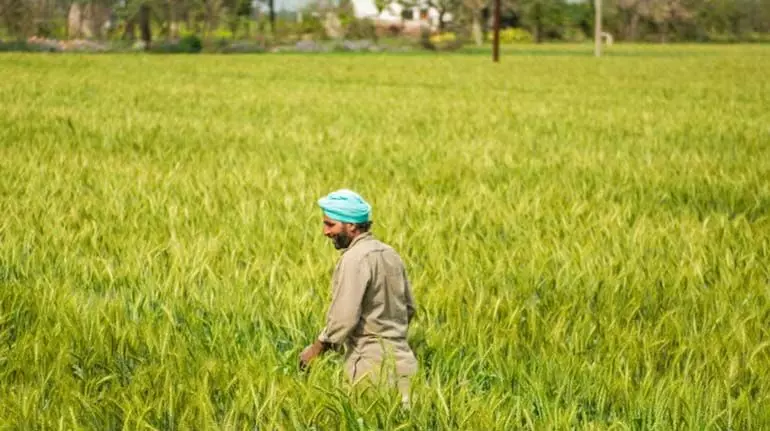Business Business: India’s rural consumption remained sluggish in the first three years (2021-2023) after the pandemic, but the situation has reversed from 2024. Analysts and economists say that the improving rural employment scenario, rising rural incomes, a consistently favourable monsoon and fiscal stimulus from the government have combined to completely turn around the rural consumption situation.
They expect rural demand to continue to pick up and play a leading role in the country’s overall consumption story from September onwards.
According to a July 16 report by Emkay Global, total employment in rural areas (both agricultural and non-agricultural) has remained consistently above pre-Covid levels since December 2023. In the three years before Covid, employment in rural areas averaged 263 million and has remained consistently above 265 million since 2024.
In April-June of FY26, employment in rural areas was around 270 million, the report said.
Moreover, the central government has spent about 1 per cent of GDP on the rural sector in the last three fiscal years—FY23, FY24, FY25—which includes money spent on schemes directed at rural development (capital expenditure) and welfare of farmers (revenue expenditure), Emkay said.
What is driving rural demand?
“Better credit availability from NBFCs (non-banking financial companies) due to relaxed regulations, increased government spending at both the central and state levels, a good kharif harvest, onset of festival season-related demand and a low inflation backdrop will drive rural consumption in the second half of FY26,” said Radhika Piplani, chief economist at DAM Capital.
Earlier this week, a senior government official told Moneycontrol that above-average rainfall this season could lead to higher crop output than last year, cautioning that the final output would largely depend on the spatial distribution of rains across the country.
According to the India Meteorological Department (IMD), the country is likely to receive an above-normal monsoon, i.e. 105 per cent of the long period average (LPA), in June-September. So far, northwest and central India have witnessed excess rainfall (31 per cent and 36 per cent above the LPA, respectively), while east and south India lagged behind (24 per cent and 9 per cent below the LPA).
Agriculture ministry data show that acreage under kharif crops – rice, pulses, oilseeds, cotton and sugarcane – had crossed 59.78 million hectares (mha) as of July 11, up 6.65 per cent over last year.
As a result, according to news reports, major FMCG companies such as Dabur, Hindustan Unilever and ITC are working on increasing their sales in rural areas. An ITC executive told Moneycontrol that the company is introducing premium cookies and snacks in Rs 10 packs to increase appeal in rural areas. The company is expanding direct distribution using a hub-and-spoke model, as well as expanding its e-B2B platform Unnati (which now covers about 8,00,000 outlets) to boost the participation of direct retailers, mainly at the rural level.
A recent report by NielsenIQ titled ‘FMCG Growth Momentum Shifts: Rural India and Small Players Take Charge’ published on May 28 said that the rural market is outperforming its urban counterpart in most regions of India. It said the “home and personal care (HPC)” categories witnessed a consumption growth of 5.7 per cent in the first three months of 2025, with demand driven by rural areas.
Roosevelt D’Souza, Asia-Pacific Head (Customer Success), FMCG, NielsenIQ India, said: “With favourable monsoon forecast and revised tax slabs, consumption is likely to pick up in the upcoming quarters.”
He further added, “Interestingly, smaller players are gaining more traction due to a low base and changing market scenario, although their long-term momentum is yet to be seen.”
However, other indicators paint a mixed picture of rural demand in the April-June quarter of FY26. According to data from the Tractor and Mechanisation Association, sales in Q1 FY26 grew 12.7 per cent over last year, while according to data from the Society of Indian Automobile Manufacturers, two-wheeler sales declined 6.2 per cent in the same period.
Rural consumption recovers
Since Q4 FY24, FMCG sales in rural areas have seen a steady growth compared to urban areas (see chart). Interestingly, in Q3 and Q4 FY25, there was a gap of 5 and 5.8 percentage points, respectively, between the growth rates of the two sectors.
This is because the income effect in rural areas has finally kicked in, Emkay Global said in its report. “Both the agricultural and non-agricultural sectors are seeing a sharp rise in the FMCG sales,” the report said.
